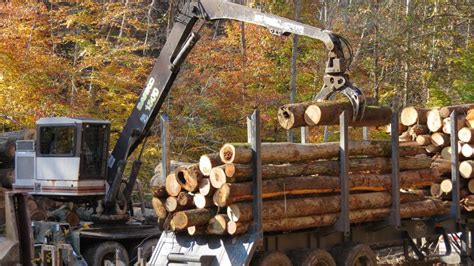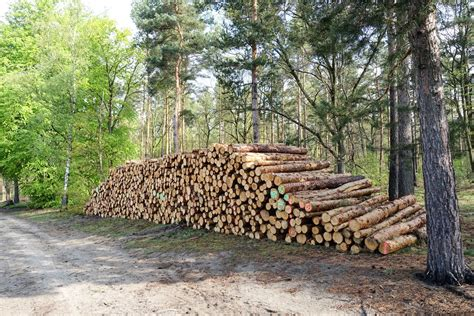
The methods used to harvest wood differ depending on where it is grown. Some countries, such as Canada, rely on water transportation, while others prefer rail transport. A felling machine, which uses chainsaws and shears to cut trees, usually works on small trees of less than 20 inches in diameter. Others specialize in delimbing and debarking operations. Some harvesters combine the three processes and load logs onto a forwarder for transport to a processing facility.

Harvesting practices vary by region. In the United States, harvesting can be done all year round. The harvesting methods vary widely, and the exact times of each are determined by weather conditions and the risks of damage to trees. The season of the year is critical for the processing of wood, and many factors must be considered, such as the accessibility of water sources and the safety of workers. A forest road system must be carefully evaluated and planned to allow workers to access the trees they need.
The harvesting process involves several phases, including marking the trees to be harvested, cutting, and transporting. The most common operations are felling, delimbing, bucking, and piling. Once the wood is cut, it goes through a number of processes before it is transported to a mill. Some harvesting processes may be skipped, depending on technological know-how and qualitative demand. When you need a Timber Merchants Southampton, visit www.timbco.co.uk
Hardwoods and softwoods are extracted in mixed forests. They are the most common types of wood. These trees are primarily used for furniture and other goods. In some regions, mixed forests are the dominant type of forests. These types of forest are often more abundant and have a diverse range of species. The most valuable species for wood are largely obtained in mixed forests, which are found throughout the country. There are several different processes that are necessary for the harvesting of wood.

The process of harvesting wood involves marking trees that will be removed. It also involves the processing of the trees after they are felled. Some of these processes include chipping the wood and transporting it to a central processing yard. Other processes, like debarking and bucking, are done at the processing yard. All of these processes are important to harvesting. For this reason, it is important to understand the process in detail.
The harvesting process consists of several stages, with the goal of delivering a tree to a wood processing mill. The first two of these processes are vital for the quality of the wood. After it has been cut, it undergoes several more operations before it is transported. In addition to the mill, it must be processed in a variety of ways before it can be used. Afterwards, it must be dried and stored in order to prevent rotting before being transported to timber merchants.





